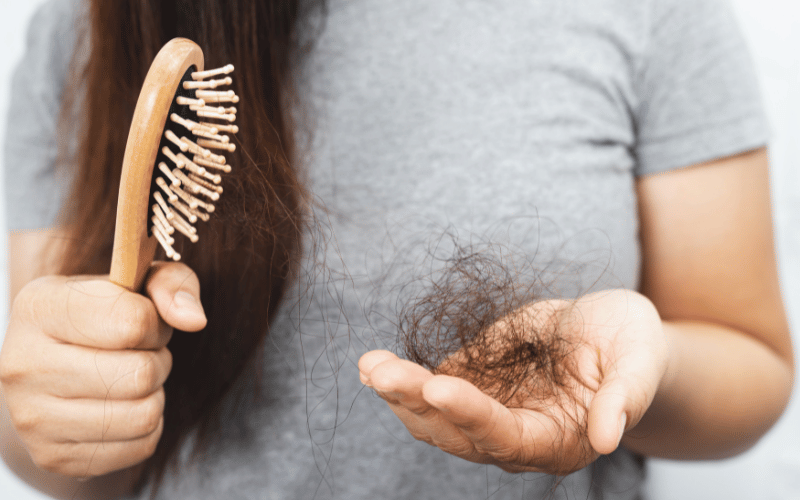Symptom 8: Hair Thinning and Loss

Hair loss or alopecia can be a distressing and unexpected side effect of Lichen Planus. While Lichen Planus is primarily associated with skin manifestations, its reach can extend to the scalp, leading to inflammation, thinning, and eventual hair loss.
Before the hair begins to shed noticeably, many experience itchiness and sensitivity in specific scalp regions. This can be accompanied by small, inconspicuous bumps or even slight discoloration. As the condition progresses, these regions may start to exhibit visible thinning, and the hair follicles can appear inflamed.
Once the inflammation intensifies, hair strands weaken at the root, leading to increased shedding. The hair loss is often patchy, focusing on the areas where LP is most active. Over time, without intervention, these patches can widen, leading to larger bald areas which might be tough to conceal.
Hair plays a significant role in personal identity and confidence. Losing it can trigger a plethora of emotional reactions, from sadness and frustration to anxiety about public perception. Even routine tasks, like combing or washing one’s hair, can become sources of dread.
The first step in dealing with hair loss due to LP is to halt inflammation. This often involves topical treatments or specialized shampoos prescribed by dermatologists. With the inflammation under control, there are potential avenues, including hair growth treatments or therapies, that can assist in regaining some, if not all, of the lost hair. (8)